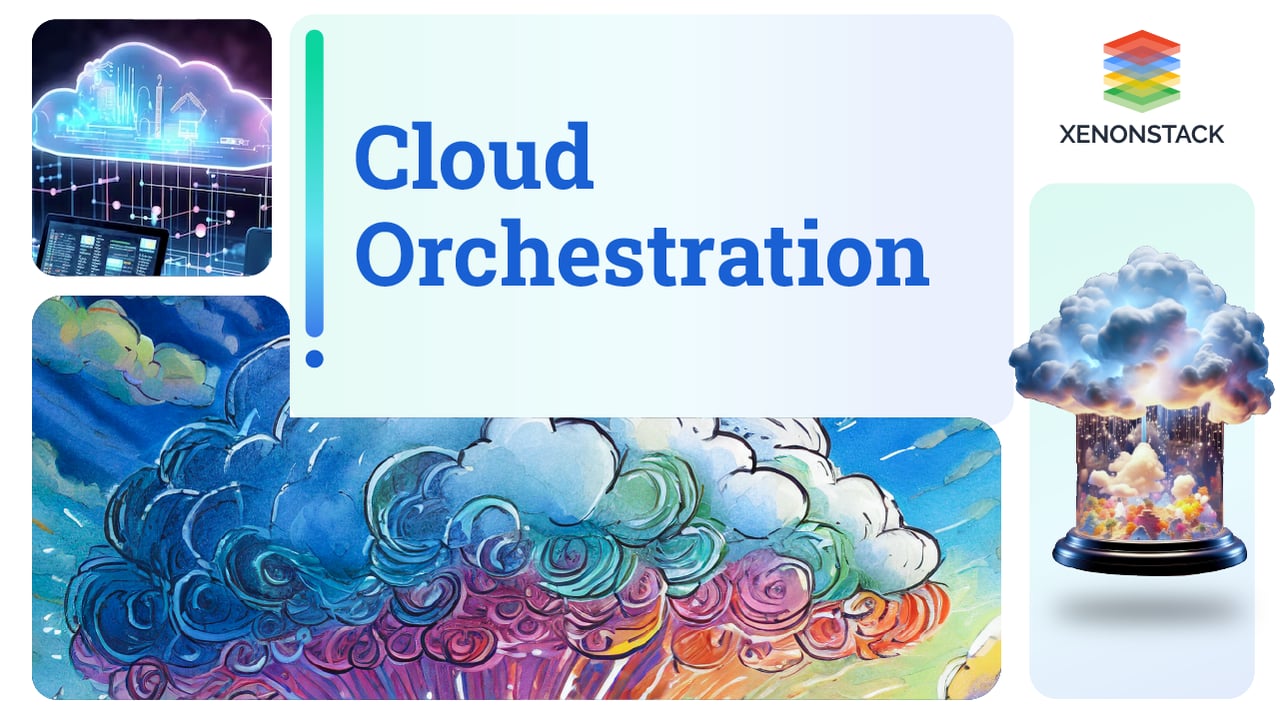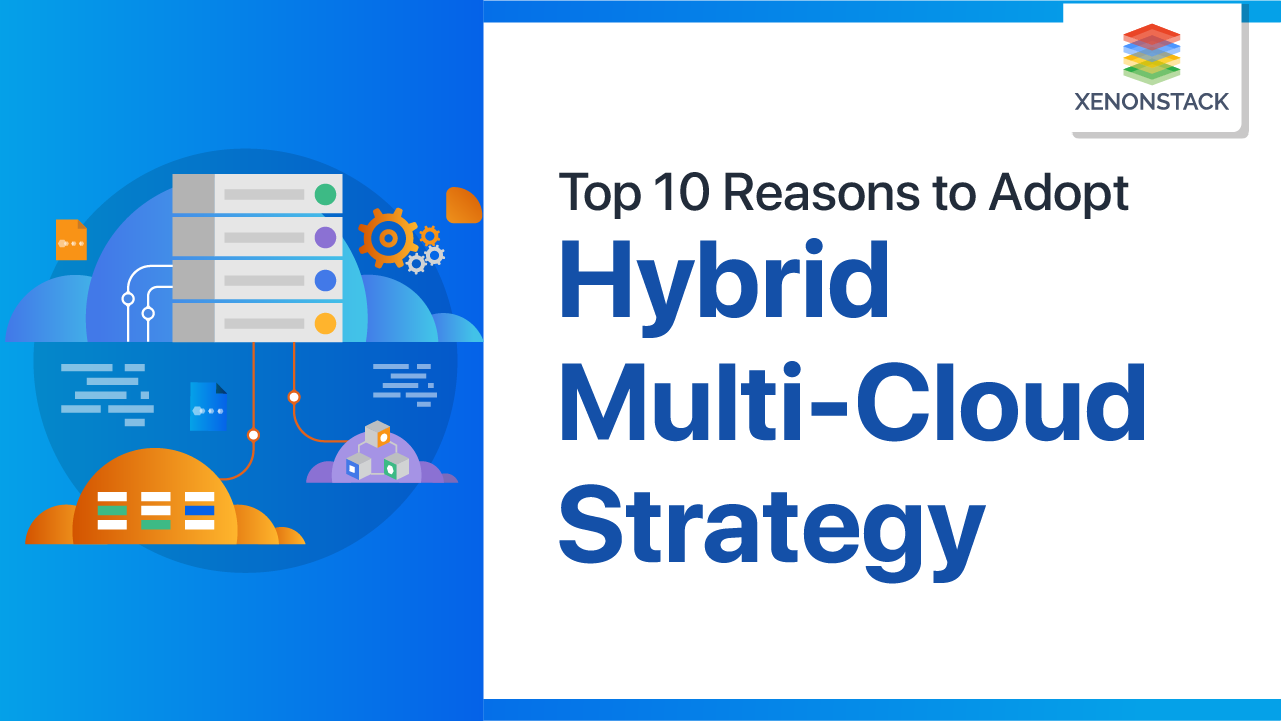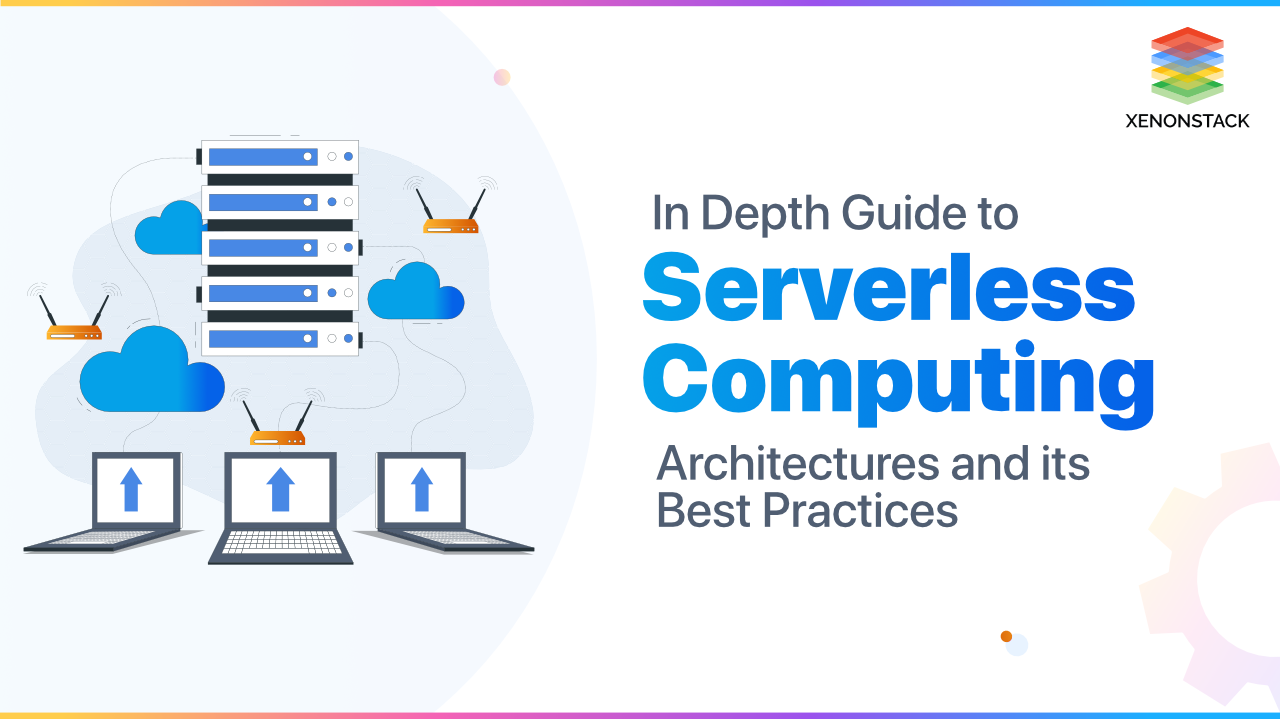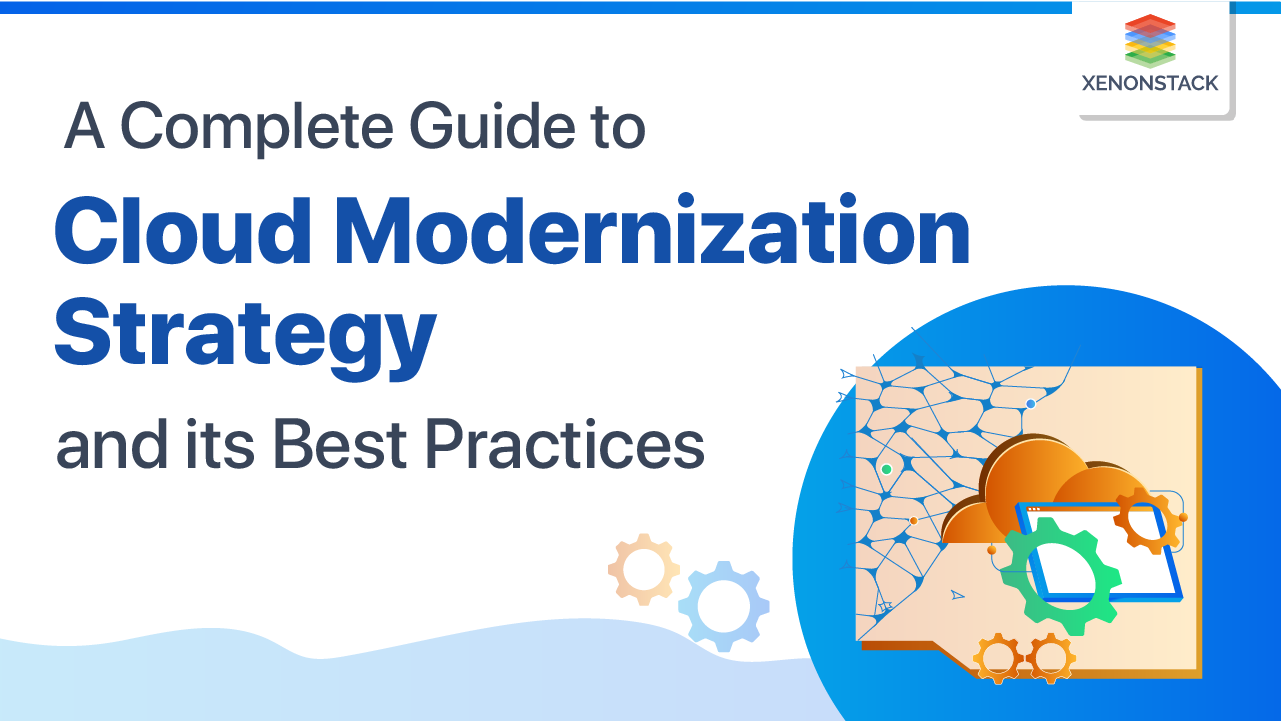
Difference between Cloud Orchestration and Automation
In most cases, it is interchanged with cloud automation. Therefore, to get a clear and transparent understanding of what it is, we need to highlight how it's different from cloud automation: A single task is involved in it, whereas it is concerned with combining multiple such tasks into workflows.
The automated tasks must be performed in a definite sequence, under strict security guidelines, be granted permissions, etc. Orchestration ensures the outcome of each automated task in a particular order concerning one another within a workflow.
A good example of Cloud Orchestration can be combination of many Cloud Automation Scripts to achieve an output and then making sure that the output remains in the desired state. If you are familiar with Container Orchestration, Kubernetes is a good example of a orchestration that manages full lifecycle of a container. Similarly Cloud Orchestration do it for Cloud.
Some examples of it are launching a web server and configuring a web server, It combines automated tasks like launching a web server and configuring a web service into a single workflow to meet desired outcome. The focus of cloud orchestration is to achieve outcome as well as process optimization.
The application is hosted with multiple cloud platforms, and each delivers a specific service.
Click to explore about our, What is Multi-Cloud and Hybrid Cloud
Benefits of Cloud Orchestration
The benefits of cloud orchestration are listed below:
1. Simplified Optimization
According to experts, Automation is a subset of Orchestration. As automation handles individual tasks and orchestration acts as an integrator of automation, it bundles various unique functions into a larger optimized workflow. It can automate different things like provisioning multiple servers, storage, databases, and networks to simplify the deployment and management of processes and resources. It also ensures the complete maintenance of its elements in an integrated and harmonized way.
2. Effective Visibility and Control
It offers a dashboard that provides an overall view of cloud resources for ensuring visibility. It has valuable tools that automatically monitor and modify Virtual instances while reducing manual work and work hours. According to field experts, orchestration gives centralized management of accessibility, security, and resource policies for ensuring efficient ecosystem control.
3. Cost-Efficient
With automated metering, orchestration improves cost governance while promoting the economical usage of resources. Since it offers optimized tools, it enhances cloud services with automation and self-service processes. This reduces the cost of infrastructural investments for enterprises and encourages long-term cost savings.
4. Reduced Errors
Orchestration solves various problems associated with the cloud computing domains. It can automate simple and small operations without any human intervention. It can create predictable processes that can reduce the risk of errors while ameliorating the reliability and consistency of IT.
Top Platform Recommendations
The best platforms for Cloud Orchestration are:
1. IBM Cloud Orchestrator
IBM's self-service portal and automated tools help manage your cloud while staying within budget. It is highly customizable, and it has automated provision. IBM's orchestrator platform is used to automate its services using policy-based tools. Users can configure, deploy, integrate, and add service management using this service. Users can also utilize the services to manage, monitor, backup, and secure applications. Users can use the built-in tools to view how resources are being utilized and the costs associated with using them. IBM Orchestrator has two packages based on their price, and they both offer a customizable self-service portal, IT processes automation, support for VMware, and multi-cloud management.
2. Microsoft Azure Automation
Azure Automation delivers a cloud-based automation service that manages Azure and non-Azure environments. Azure automation consists of process automation, update management, and configuration features designed to help users reduce errors and the time spent on user infrastructure deployments. The best thing is it is not just for Windows; it has heterogeneous deployments for Windows or Linux hosts based on automation that you execute with PowerShell or Python runbooks. The main features of Microsoft Azure automation are:
- It manages cloud spending.
- It optimizes the use of cloud resources, and it enables cost allocations and chargebacks.
Build your Own
If your needs are not fulfilled by any existing Cloud Orchestration, Build your Own! Existing Cloud Orchestrations are nothing more than combination of various Cloud APIs into a dashboard. You can do it own your own or take our Professional Services to create one.
Talk to Cloud Managed Services Expert
Why is Cloud Orchestration Important?
The highlighted points are the importance of the following:
1. Improved visibility and control
A single dashboard provides a pan view of the cloud resources and ensures visibility. It also shows past and current usage statistics, which helps for the future usage of resources. Centralized governance of security, access, and resource policies gives feedback that the cloud ecosystem is in the user's control.
2. Self-service capability
End-users can select the workloads of applications and VMs of different types that match their functional requirements. This type of setup makes provisioning and approving cloud resources easier; thus, orchestration has a self-service feature. Therefore, it is becoming an essential element of emerging data infrastructure that most service providers are starting to make a critical business initiative.
3. Multi-Cloud Orchestration
An organization uses different public and private cloud services from multiple different providers. The other may be used for various tasks to get the best results. This gives the meaning that not all are equal. Sales and Marketing may have different needs than R&D or Software Development, and other solutions can fulfill those requirements more effectively.
4. Hybrid Cloud Orchestration
It combines private and public clouds for the same purpose. We can also say that the Hybrid cloud combines its services with the software, enabling communication between services. It provides businesses greater flexibility by sharing workloads between cloud solutions as needs and costs change.
Conclusion
In conclusion, we can say that cloud orchestration is a becoming increasingly needed technology that will be very useful given the complexity of IT and Cloud Systems increasing every year., With the help of orchestration, we can manage the many automated tasks better, and there is a better utilization of resources. We can also collect the revenue spent on the infrastructure better. Read Similar Topics.
Read More about : Orchestration vs Automation - Understanding the Difference
Explore More about : Workflow Orchestration: Introduction, Types, Tools and Use Cases




